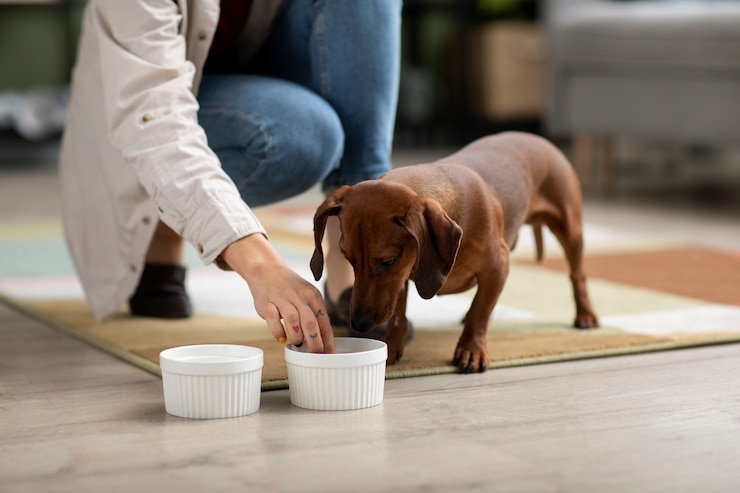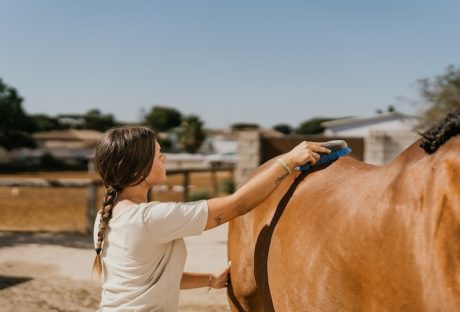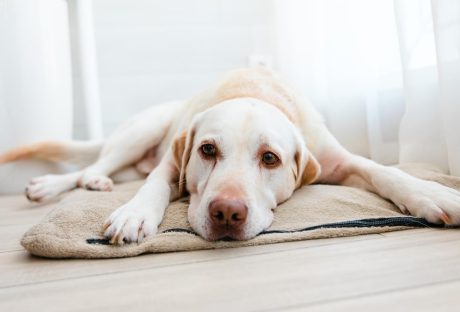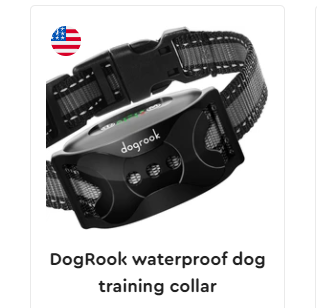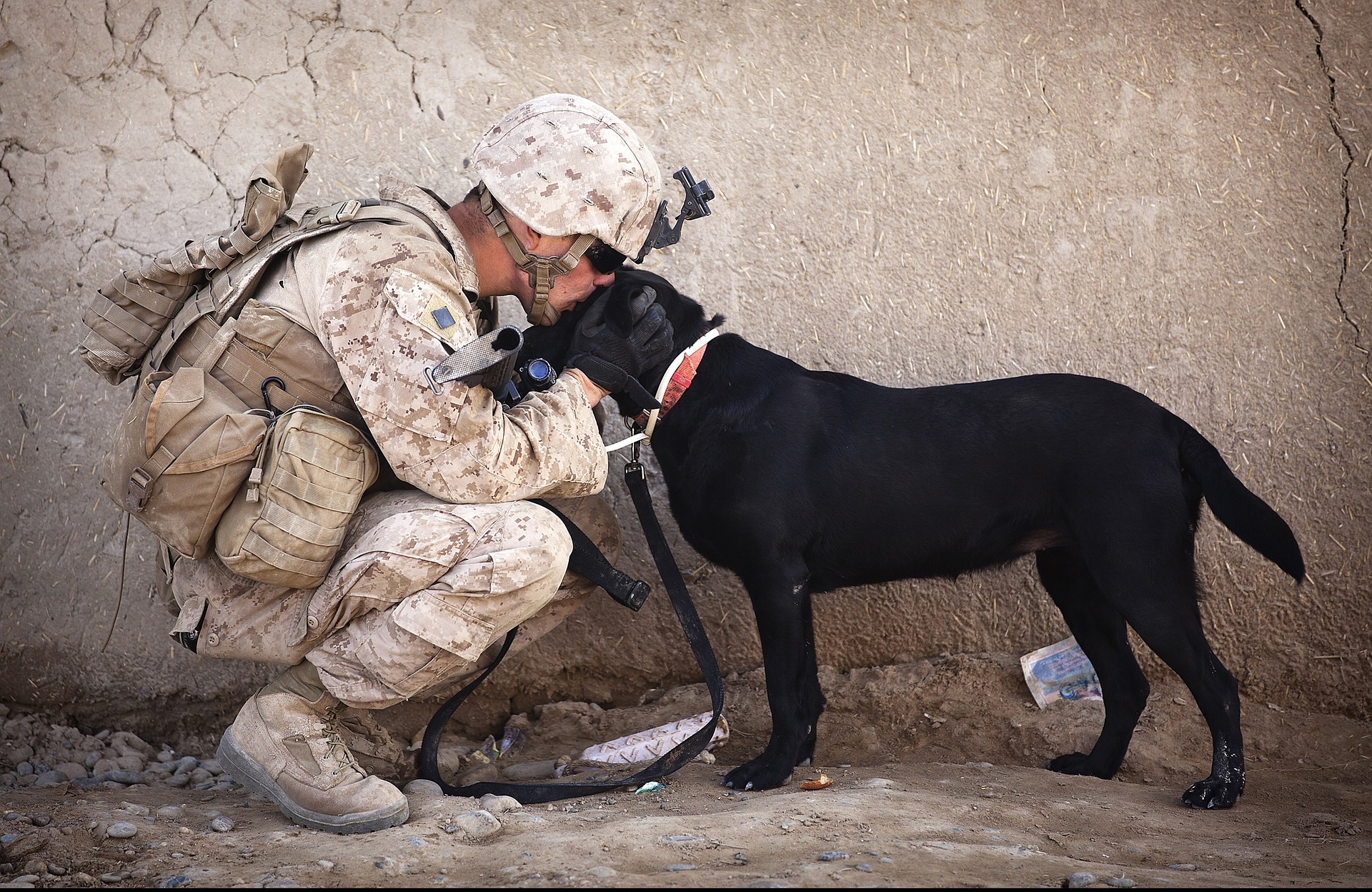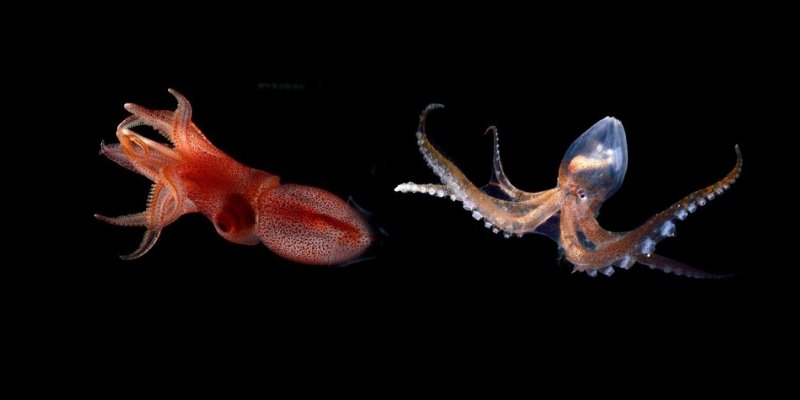Pets deserve treats, and you want to give them the best.
However, you may not know that the goodies you get in the stores don’t have your pet’s best interest at heart.
You need to find something healthier and better for your dog to eat the best in sweet treats but not suffer from adverse effects. Check out our list below for the top healthy dog treats and what you should look for.
Contents
The Ingredients Are Key
You must look for healthy ingredients and know what to avoid when looking for treats. For instance, some pets are allergic to corn, wheat, soy, and chocolate.
You should also avoid things like syrups, salts, and molasses. Pets should also avoid lower-quality products like fake meats made of by-products or regular meat.
With that in mind, you need to think about healthy ingredients instead. Look for these ingredients in your pet’s treats, and you can’t go wrong.
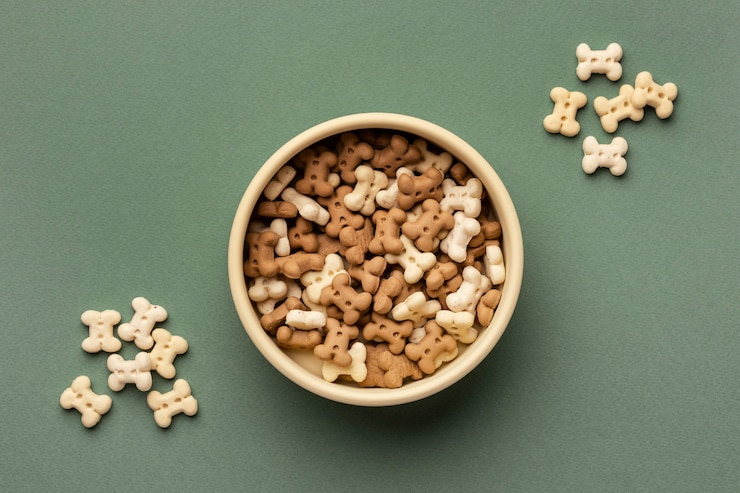
- Fruits
- Vegetables
- Whole meats
- Grains
| Note: Remember, when looking for dog treats, use fresh ingredients, and you can’t go wrong. |
Looking For The Top Healthy Dog Treats
When considering the top healthy dog treats, choose something that will pamper your puppy and ensure you’re not wrecking its diet.
For instance, a chicken and sweet potato blend would be a great flavor combination. Using natural chicken breast in every treat and real potatoes means you don’t have to use fake preservatives and other harmful ingredients to get an artificial flavor.

Instead, you get one hundred percent flavor from simple ingredients. Another benefit to finding suitable treats? You have something that is both high in protein and low in fat.
Have The Treats Been Approved?
Another way that you can tell that the treats are what your dog should be eating is if they’re veterinarian approved. A veterinarian is skilled in taking care of your pet, and they know exactly what your pet should be eating.
As a result, you’ll find that their expertise is what you should consider when you want to give your pet the top healthy dog treats and the care they deserve.
Another reason you should look for vet-approved treats is that you know that they meet all the requirements and that you’ll give your dog something that won’t make them sick.
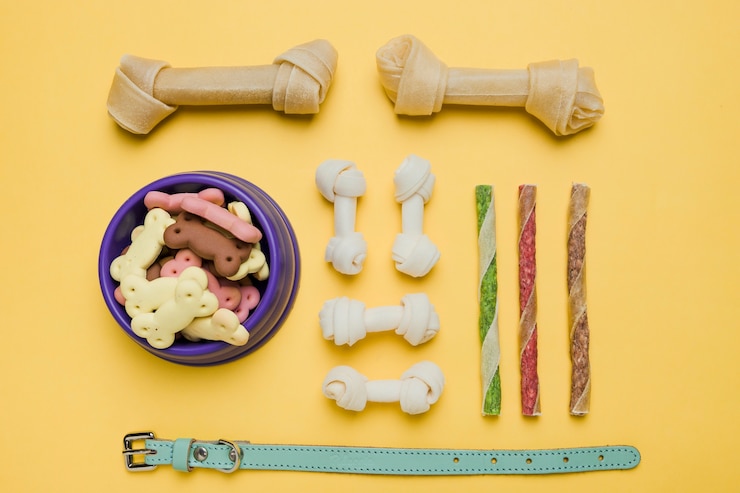
Instead, you get something that keeps them healthy and strong while providing them the energy they need.
Giving Your Dog The Top Healthy Dog Treats
When you want to ensure that your dog is safe and has the best options for treats, you need to give them the best, and the top healthy dog treats will do this for you.
You have a great chance at your fingertips to give your dog the best with no artificial ingredients and only healthy and fresh options.

| Note: Remember, the last thing you need is for your loved one to get sick. Instead of using fake meat products, use fresh and delicious chicken. Your pet will thank you. |
Additionals:













